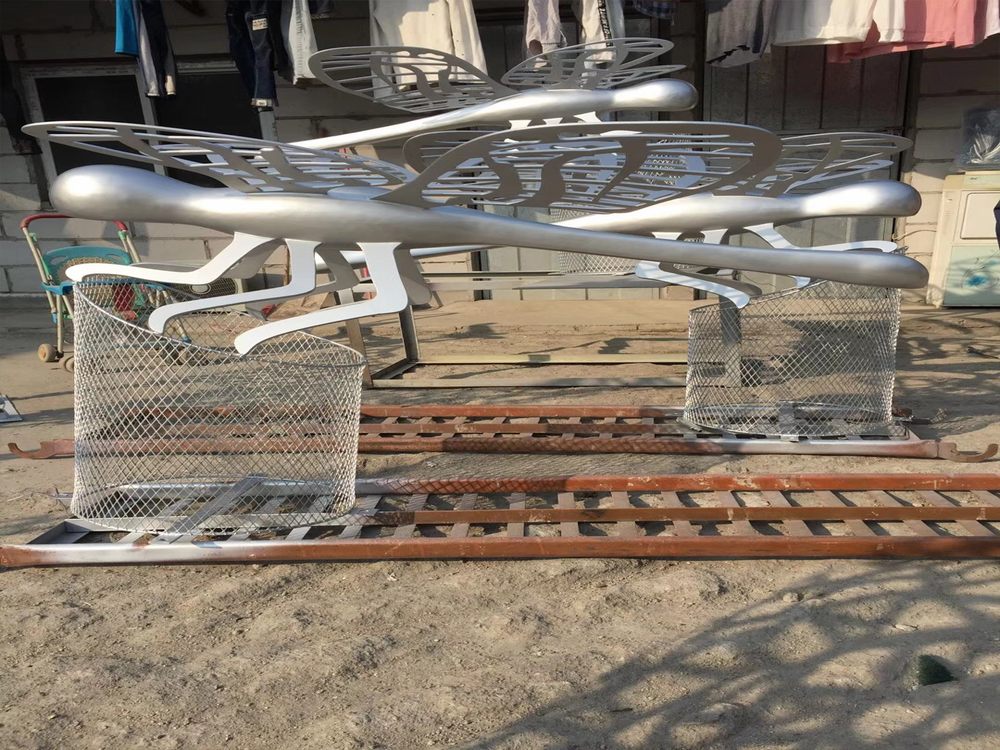
Artists masterfully transform robust metal into seemingly delicate sculptures by employing a blend of visual tricks and technical expertise. One key technique is the use of thin, elongated forms that mimic the appearance of fragility, even when the material itself is strong. By carefully shaping metal into slender curves or intricate latticework, sculptors create a sense of vulnerability that contrasts with the inherent durability of the medium.
Another method involves strategic lighting and shadow play. Artists design sculptures to cast delicate shadows or reflect light in ways that emphasize their perceived fragility. The interplay of light and metal can make solid structures appear weightless or ephemeral.
Texture also plays a crucial role. Smooth, polished surfaces can evoke a sense of brittleness, while rough, uneven finishes might suggest age and wear, further enhancing the illusion. Additionally, artists often incorporate negative space, leaving gaps or openwork patterns that make the sculpture seem more fragile than it truly is.
Ultimately, the illusion of fragility in metal sculptures stems from the artist's ability to manipulate perception through form, light, and texture, challenging viewers to reconsider the boundaries between strength and delicacy.

